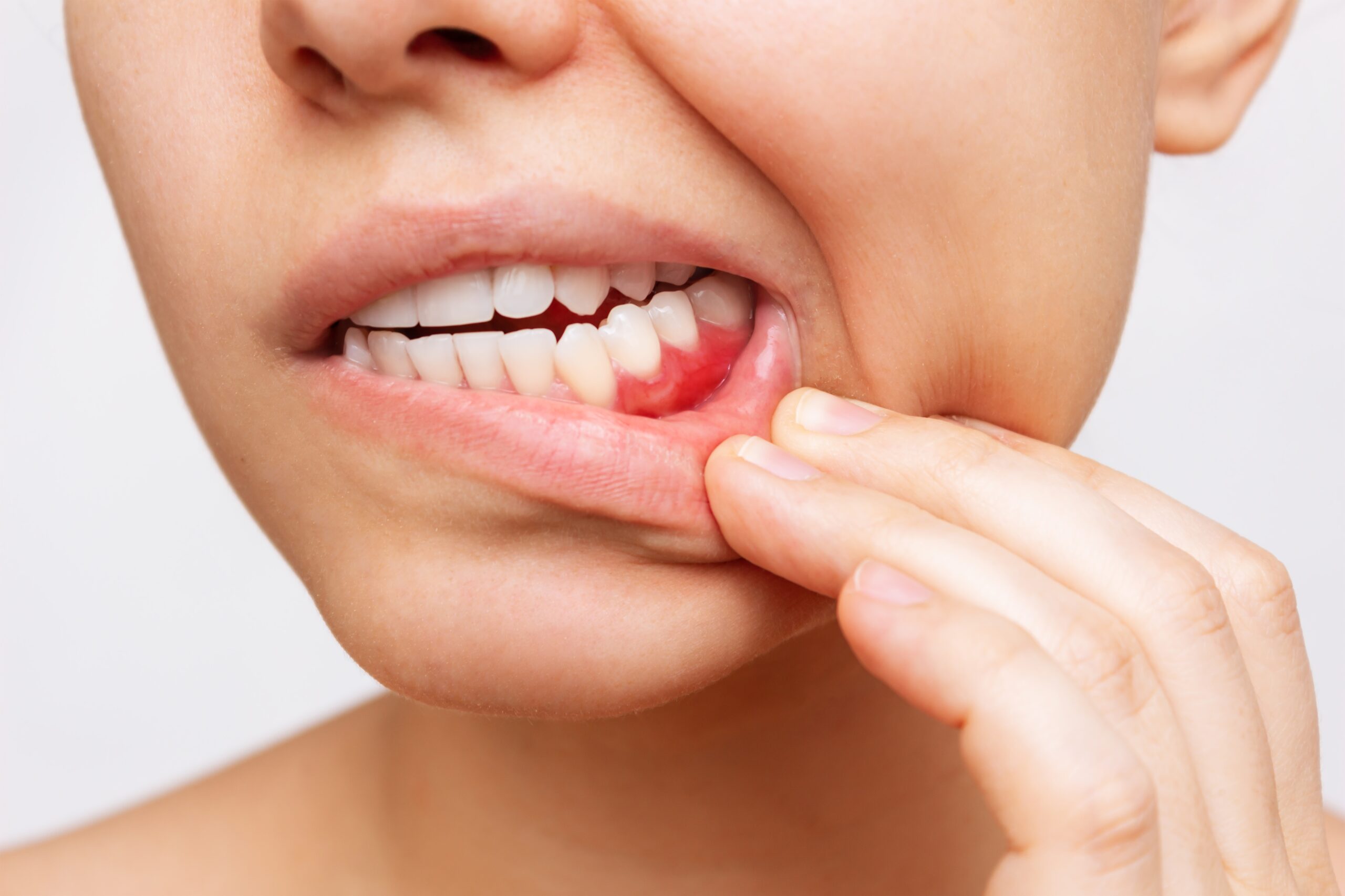Tooth sensitivity can sneak up on you. Sipping hot coffee, biting into ice cream, or even brushing your teeth can suddenly cause sharp discomfort or pain.
The good news is that tooth sensitivity is treatable, and often preventable. Let’s explore what causes it, how to manage it at home, and when to see a dentist.
What Is Tooth Sensitivity?
Tooth sensitivity (also called dentin hypersensitivity) is a sharp, temporary pain in response to things like cold air, hot drinks, sweet foods, or brushing. It happens when the protective layers of your teeth (your enamel or gums) are worn down or damaged, exposing the sensitive inner layer called dentin.
What Causes Sensitive Teeth?
1. Exposed Dentin
Dentin lies beneath your enamel and contains small tubes that lead to the tooth’s nerve center. When dentin is exposed, sensations from hot, cold, or sweet foods can trigger pain.
Common causes of dentin exposure include:
- Gum recession from brushing too hard or gum disease
- Tooth wear from grinding (also called bruxism)
- Enamel loss from acidic foods, drinks, or whitening products
2. Enamel Loss
Enamel is your tooth’s hard outer shell. Once it’s worn down, it doesn’t grow back, causing your teeth to become more sensitive.
Enamel loss can occur due to:
- Overbrushing or using a hard-bristled toothbrush
- Acidic foods and drinks (soda, citrus, vinegar)
- Frequent vomiting or acid reflux
3. Underlying Dental Conditions
In some cases, tooth sensitivity signals a more serious issue:
- Cavities: Small holes created when the enamel is worn away
- Gum disease: Pulls the gums away from the teeth
- Cracked or chipped teeth: Can lead to exposed nerves and infection
If you’re not sure what’s causing your sensitivity, your dentist can help you understand the issue.
How to Treat Tooth Sensitivity.
Try These At-Home Remedies:
1. Use Desensitizing Toothpaste or Mouthwash
These products help block pain signals. Use daily for consistent relief.
2. Brush Gently with a Soft-Bristled Toothbrush
Brushing too hard or with a stiff brush can wear down enamel and irritate gums. Use circular motions and light pressure.
3. Stick to a Daily Routine
Brush twice a day, floss daily, and rinse with fluoride mouthwash to keep enamel strong.
4. Watch Your Diet
Reduce intake of acidic and sugary foods. Rinse with water after eating, and wait 30 minutes before brushing.
Need Stronger Relief? Your Dentist Can Help:
1. Fluoride Treatments
Your dentist may apply a fluoride gel or to strengthen enamel and reduce discomfort.
2. Dental Bonding or Sealants
If sensitivity stems from exposed roots or thin enamel, a protective layer can be applied to exposed or weakened areas.
3. Gum Grafting
If gum recession is the issue, this procedure helps cover exposed roots.
4. Root Canal Treatment
If the pain is due to nerve damage or infection, this may be the best way to stop it and save your tooth.
When to See a Dentist
Some sensitivity is normal. But if it’s happening often or getting worse, it’s time to get it checked out. You should also make an appointment if:
- Sensitivity affects one specific tooth
- You notice visible damage (cracks, chips, or holes)
- Your gums look swollen or are pulling away from your teeth
- The pain lingers long after eating or drinking
Think you might need to see a dentist? Start with a virtual visit through Dentistry.One. We’ll help you understand what’s going on and what to do next.
How to Prevent Tooth Sensitivity
Many causes of sensitivity are preventable with healthy habits and routine care. Try these simple tips:
- Brush gently with a soft toothbrush and fluoride toothpaste
- Avoid acidic foods and drinks or have them in moderation
- Wear a mouthguard if you grind your teeth at night
- Visit your dentist regularly for cleanings and checkups
- Use straws for acidic or cold drinks to minimize tooth contact
- Limit whitening treatments if they cause sensitivity




